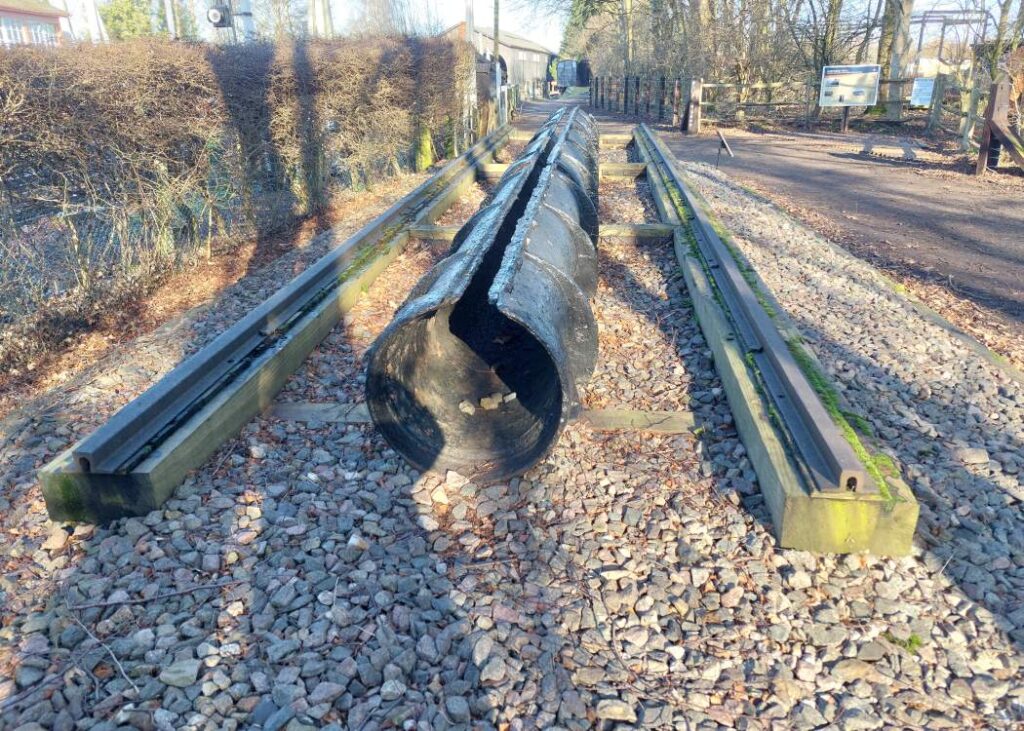Long before greenways were a thing, the former Belfast & County Down Railway trackbed from Belfast to Comber was one. Despite being one of the oldest such greenways, it is only today that I managed to travel it.
I took myself and my bike up to Belfast on the train yesterday, overnighted in Belfast and this morning, cycled from Belfast to Comber and back on the greenway. This is located primarily on the route of the former railway, with some deviations where housing has been built on the line.
I was surprised by the presence of mini hills on the route as generally, railways rose and fell at minimal gradients, however, my legs got a workout this morning due to this (I don’t have an electric bike).
All photos taken at the station sites are now online, however, there is not a lot to show as most stations have disappeared, with little trace remaining.

